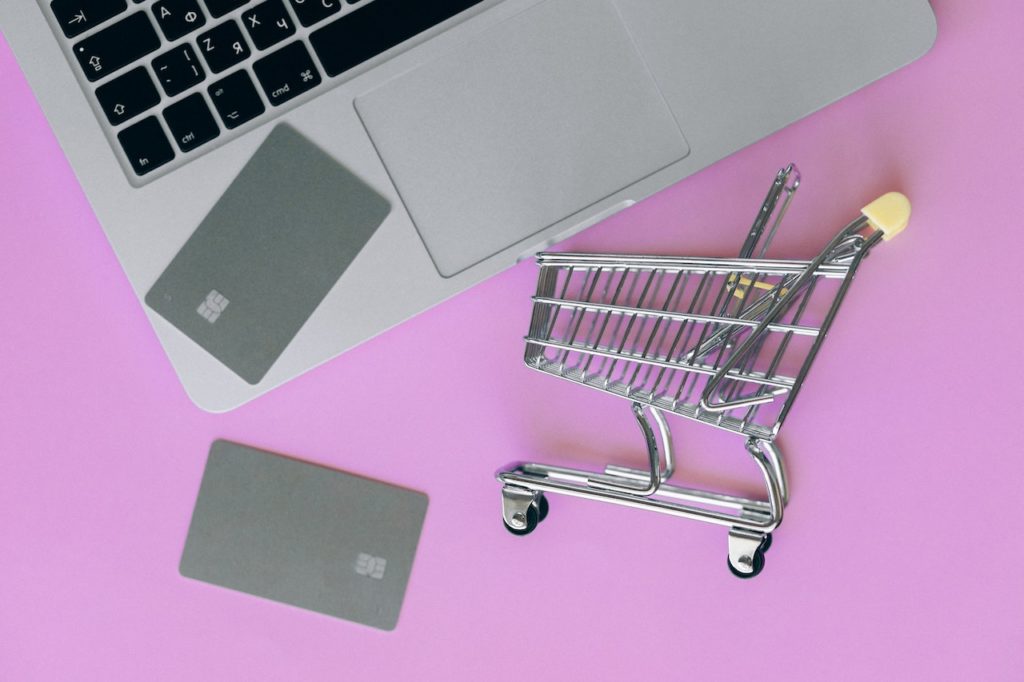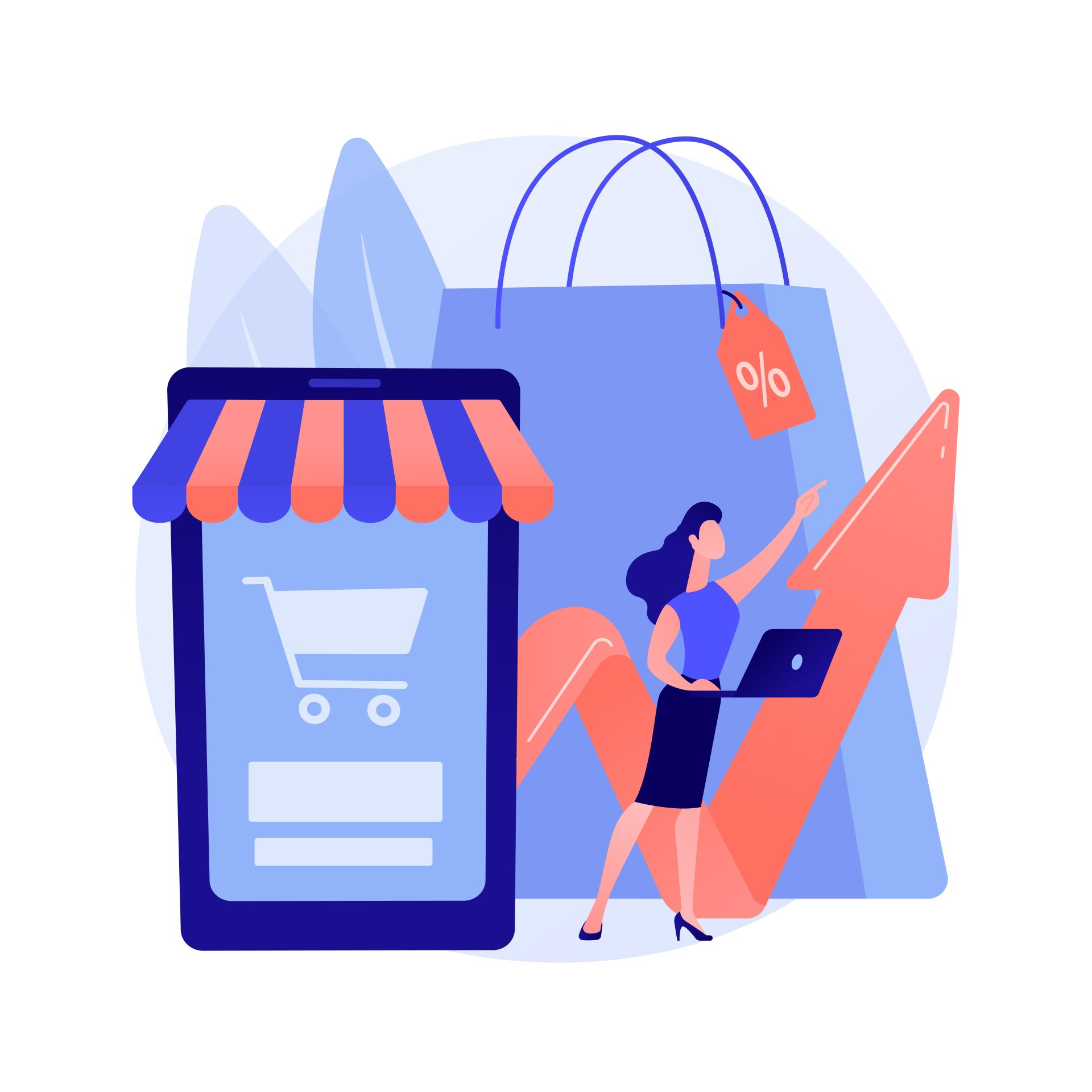Every time you open any social media platform, you are bound to find at least one advertisement from ‘Shopify’. But what exactly is Shopify?
Shopify is an e-commerce platform, initially designed for small and medium sized businesses. Shopify, which is presently 16 years old, had a revenue growth of 22%, in the first quarter of 2022 alone, taking its total revenue to $1.2 billion dollars! And it’s increasing day by day just like our country’s population.
With over half a million businesses spread across 175 countries, including big names like Tesla, LG, Red Bull etc, flaunting their glorious successes with Shopify, the obvious question rises, “Is Shopify a foolproof roadmap to success?”

To answer this question, we gotta add a few additional questions and fully understand the different aspects of Shopify! So let’s go!
1. Is it user-friendly?
According to most users Shopify has a pretty straightforward interface, which allows you to set up your store with a few clicks. Even though the initial encounter with this platform can seem quite daunting, Its intuitive design and layout allows even beginners to get the hang of it. It’s amazing features are very user- friendly like you and your boss relationship!
2. Is it secure?
Shopify is a certified Level 1 PCI DSS compliant, and meets all 6 categories of the PCI standards. Moreover, the platform takes full responsibility for equipping your websites and apps with the highest security protocols. You also get the feature to activate 2 factor authentication here, making it extra safe.
However, one downside is if you’re in a pickle and need to recover some data, the only way you can do so is by exporting a CSV file, which is quite a risky venture. But life is all about taking risks. Don’t you think?
3. What are the themes and designs available?
A very important part of setting up an online store is to grab your customers’ attention from the get go and appeal to them in a way that they are urged to browse through your products!
This is possible if your website is aesthetically designed, tastefully organized and easy to navigate. Shopify provides a wide range of templates to choose from. Known as themes, these templates are mainly of 3 types.
- Free Themes
There are 10 free themes. These are good enough for when you are just getting started and need to add a quick, yet pleasing look to your e-store. However, you have limited options when it comes to customizing the themes.
Shopify is at least giving a free themes option, we don’t even get anything free these days!
- Premium Themes
These are the paid themes available in the Shopify Theme Store and you get 82 themes to choose from, prices ranging from $150 to $300. You have more flexibility with the premium themes, as you can customize them to your own liking and make sure they go with the overall vibe of your store!
- Custom Themes
You can even add your own original themes, custom made and coded by you, for you!
All the above mentioned templates are fully responsive, i.e, they automatically adjust their resolution and layout to fit different screen sizes (laptops, pcs, tablets, mobile phones etc), which is extremely convenient!
Recently Shopify has launched its Online Store 2.0, which provides features like the drag and drop page builder and allows you to add various sections and blocks in your pages! Overall OS 2.0 is easy to operate and takes your website customisation to a whole new level.
Unfortunately, OS 2.0 is not available for every single theme in the Shopify Themes Store (yet!).


4. What is Shopify POS?
One of the strongest features of Shopify is probably its Point of Sale (POS) app, which allows you to enjoy the benefits of online as well as in store sales.
Using Shopify POS, a business owner can not only sell their products in traditional mortar and brick stores, pop up stores and markets, but can also effectively track and manage orders and inventory in both the online stores as well as other retail locations.
If you live in Australia, Belgium, Canada, Denmark, Germany, Ireland, Italy, the Netherlands, New Zealand, Spain, the UK or the US, you can buy several hardware items (barcode readers, receipt printers etc) online directly from Shopify’s hardware store, to help run your physical stores more efficiently. If not, you will need to find an authorized reseller.
5. How is Shopify’s customer service?
Shopify’s support team is available 24 hours, 7 days a week like a 24×7 news channel and you can contact them via live chat, email or phone call. Shopify’s top notch customer service does set it apart from other e-commerce platforms!
6. What are the costs involved?
When setting up a store, or business, on Shopify, there are a few different kinds of costs that you have to bear. Let me explain,
- Pricing:
Shopify provides some of the most amazing features to its users, but definitely not for free. You can take the free trial but that’s only for a duration of 14 days, you don’t have to add any credit card details, so no pressure!
If you want to avail the paid version, you have a few different packages to choose from.
This includes,
- Shopify Basic ($29/month)
- Shopify Standard ($79/month)
- Advanced Shopify ($299/month)
- Shopify Lite ($9/month)
- Shopify Plus (not set price, based on requirements)
Such a wide variety of plans allows the business owner to choose the most pocket-friendly option, depending on his budget and nature of business.
However one important thing to note here is that depending on the price you pay, the features that you can avail of will be substantially different. For instance, with the Basic subscription, you can only sell on social media platforms. To be able to work up a full-fledged stand alone website you have to opt for a higher plan. The number of staff accounts ranges from 2 in the basic plan to 15 in the advanced one. The POS feature I discussed earlier, is not available on the ‘Starter’ plan; and you need to pay for a ‘Shopify POS Pro’ add-on to get the most out of the point of sale features.
The cost for the ‘POS Pro’ add-on is quite high: $89 per month, per location. So, if you run a few physical stores, your monthly POS outgoings will increase substantially.
Also the higher your Shopify plan is, the lower is your processing fees, when it comes to accepting credit card payments. Now that we have found a perfect segue to the payments, let’s move on!
- Shopify Payments
Let me introduce you to Shopify Payments. This is the default payment processor of Shopify, powered by Stripe. A pretty neat and convenient tool, as it accepts payments from almost all major credit cards (Visa, American Express, Mastercard), but there’s one downside. Shopify Payments can only be used in some selected countries, namely,
- United Kingdom
- United States (except Puerto Rico)
- Australia
- Canada
- Germany
- Hong Kong SAR China
- Ireland
- Japan
- New Zealand
- Singapore
- Spain
Now, if you are functioning outside of the above mentioned countries, you have to opt for other payment processors like Paypal. While Shopify does allow all major payment processors, you have to pay extra transaction fees,
which is negated in case of Shopify Payments. So a business owner running his store in the US has an unfair advantage over a business owner in India.
- Shopify App Store:
The Shopify App store is equipped with some of the most powerful tools and plugins that make managing and running your online store an absolute breeze. Some superb plugins include, Returnly (for Returns and Exchanges), Locksmith (Access control, for anything in your online store), Free Shipping Bar by Haxtom, Product Reviews etc. However, while some of these are available for free, to access most of these tools you have to pay an additional monthly fee. While it’s wise to invest in good plugins and apps for the sake of speed and efficiency, with the prices ranging from a few dollars to as expensive as 100$ ( and sometimes even more), they can be quite heavy on your wallets.
- Discounts:
If you’re a small business owner, and all the different kinds of fees and costs seem daunting, you do have a chance of saving a bit, by paying for a long subscription in advance. Shopify offers 10% for a payment of one year in advance, 20% for 2 years and 25% for 3 years. But, there’s a catch! When opting for a monthly plan, you can cancel anytime, but if you’re locked in on an annual plan, you don’t have that luxury, and consequently won’t get a refund either, if you ever wish to cancel your subscription.
Now that we have explored Shopify from a variety of angles, let’s come back to the question that was asked in the beginning- “Is Shopify a foolproof roadmap to success?”
Well, the answer is not that straightforward. From the above points discussed, we can make out a clear list of pros as well as cons.
However, if you are a small business owner and you wish to start up your online store on Shopify I will not be the one to rain on your parade. Because after all, nothing can change the fact that Shopify is one of the hottest destinations for businesses (small, medium and even large) and even customers!
There are so many people who started from absolute scratch and gained amazing success through this platform, so why can’t you?
when it comes to choosing the right marketing strategy. But worry not, by hearing the success stories of most Shopify sellers, you can chalk out some common patterns. These tips and tricks can be used by almost every single industry and business and surely you can apply them as well to increase the chances of your success. Our company helped a small dress business to create a website which was a success, it helped the business to increase day by day.
Keeping it short and simple, here are the three most essential practices you need to incorporate in your strategy
1. Be Mobile Friendly :
Using a pc to meet internet needs is a thing of the past, nowadays people are all about mobile devices (cellphones and tablets). Soon enough mobile retail will dominate the e-commerce landscape. So make sure your store is responsive on mobile devices
2. Sell more products
This might sound pretty obvious, but expanding the range of products and services you offer to your customers might actually be one of the most effective ways to grow your business online. But, don’t just sell more products simply for the sake of selling more products. Sounds confusing doesn’t it? Let me explain. Think about what more you can actually provide to your customers, something that not only expands your customers choices, but also goes hand in hand with what you’re already selling. If you have an online store for home decor items, expanding your product range to automobile parts, won’t be a sensible choice. So you have to do your research and to find only those items that are relevant to your brand. Now, it’s always a good to keep an extra slice of pizza to eat later!
3. Build a bond with your customers:
This is probably one of the most important factors that can make or break business. When working in the e-commerce industry, where you are unable to contact your customers physically, building a bond of trust becomes even more important. If customers are satisfied with your service, they will come back to you and even spread words of praise about you. Bringing more business to you! So you need to go that extra mile and create a positive space, where customers can keep coming back to! You can enhance
customer retention by regularly communicating with them via mail (let them know when a sale is announced, notify them when new products are launched, send them birthday wishes and more!), make your packaging visually appealing and provide personalized (preferably handwritten) notes in their package!
When pleasing your customers a little goes a long way, as long as you make a heartfelt and sincere effort. Our clients are our first priority. We have given the best advice and plans for what they should do for their business.
Starting an online store from the ground up is no easy task and has its fair share of ups and downs; it’s also largely a matter of trial & error not like you will be questioned in court but you have got to be bold and take some risks, after all life is all about taking risks and do some experiments, and find out what works best for your business. While Shopify is an impressive platform, which can provide you with a plethora of resources to build a comprehensive online store, the success of that store largely depends on how you decide to manage and utilize these resources. These tips and tricks will help you increase speed in your business and will help develop more and reach greater heights.
- Learn more: Discover why Shopify is considered the one-stop solution for e-commerce businesses in our blog post on EVERYTHING YOU NEED TO KNOW ABOUT GROWING YOUR ECOMMERCE BUSINESS WITH SHOPIFY.